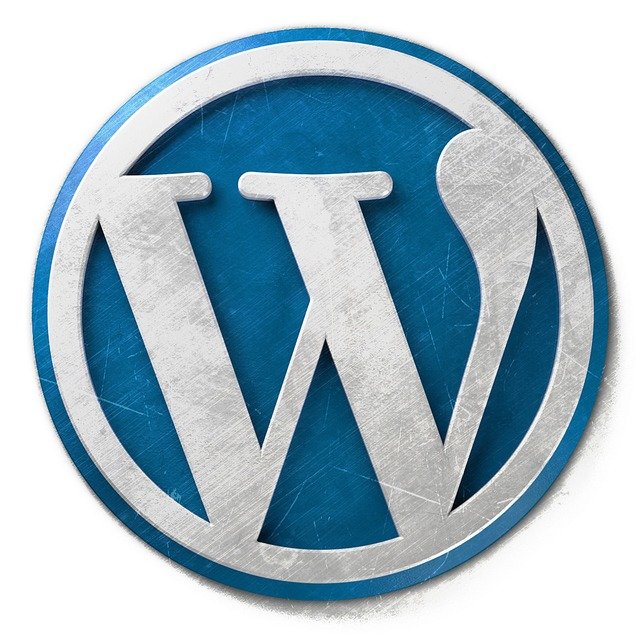WordPress enables non-techies to write the required code to power their websites. When we need to create documents we use Microsoft Word and we’d use PowerPoint to create presentations. To create web pages, you would start with some code called HTML. When you add a little bit of CSS you end up styling the page. Using JavaScript, create interactions such as toggling show and hide buttons. Therefore web pages are built using HTML, CSS and JavaScript.
Watch this video to learn more about How WordPress works and powers your site.
When you right-click and inspect any webpage, you will see that it is built using:
- HTML for its content. However, HTML on its own looks bland.
- CSS to make it look good. I can override the theme colours and fonts with my own CSS.
- JavaScript to add interactivity. For example, dropdown sub-menus and show/hide search boxes.

What does WordPress do?
WordPress makes things easier for us – for those that are not familiar with HTML, CSS and JavaScript.

WordPress provides an easy to use interface similar to Word to create your web pages. It helps you with:
- HTML: WordPress editor provides an easy interface to create the required code for page contents (without knowing how to code).
- CSS: The WordPress theme (GeneratePress) allows me to style it exactly how I want.
- JavaScript: WordPress plugins (and theme) allow me to create required interactive elements.
The new Gutenberg editor (Block Editor) provides us with an interface that is almost the same as What You See Is What You Get (WYSIWYG). It provides an ability for you to provide seamlessly create your content. You can easily add content, headings, images, videos and buttons and modify and create galleries and much more. This is why it’s also called a Content Management System (CMS). It is the best content management system out there in my opinion – it powers ~40% of all websites. It allows anyone to create content using a visual editor that is easy to use and then publish that and present that information.
In addition, it allows further interaction with your users by providing the ability for them to add comments and much more.

Plugins can extend WordPress from a publishing platform. For example, by using WooCommerce – to set up a Free eCommerce store.

Next
